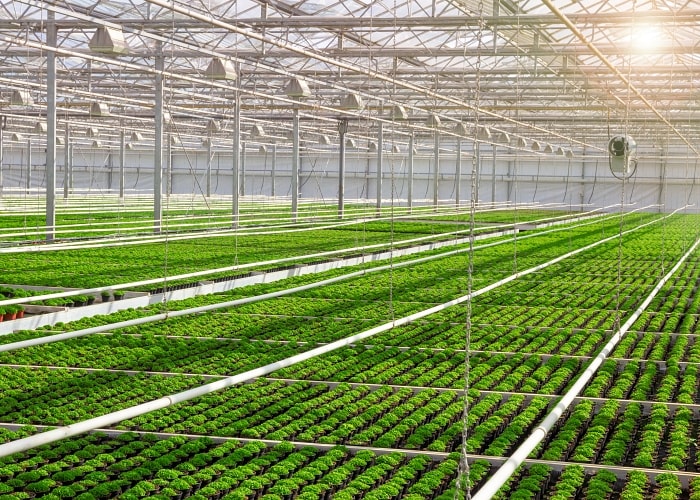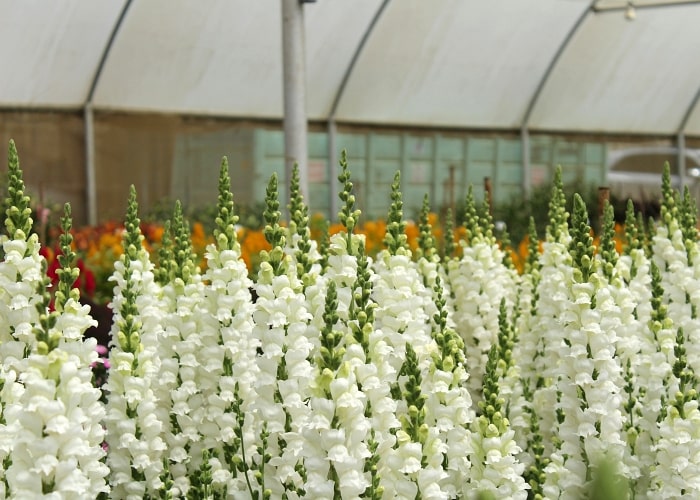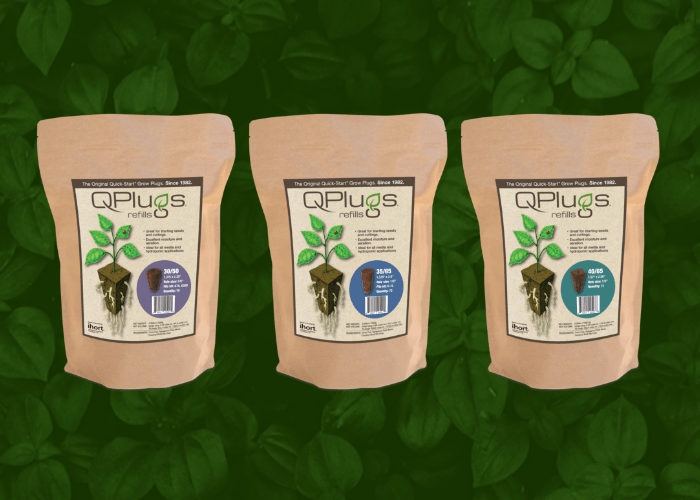In commercial plant propagation, success or failure is deeply rooted in what happens below the surface. The invisible world of growing substrates where roots emerge and develop forms the foundation for plant health, vigor, and production value. As growers face increasing pressure to reduce chemical inputs while maximizing their production output, they’re focusing more on their propagation media’s physical properties, starting with a better foundation in their growing systems.
As the premier innovator and supplier in this space, we’ve pioneered solutions that leverage porosity as a natural disease prevention strategy. Our Q and Excel Plugs are meticulously crafted to create an environment where roots thrive and pathogens struggle—a perfect example of how innovative substrate-level engineering can transform your growing outcomes.
Understanding Porosity: The Foundation of Healthy Root Development
Porosity is the percentage of the growing media’s volume that is pore space rather than solid material. Simply put, it’s the space between the pieces of peat, coconut shell, or whatever components are in your growing substrate. In this space, oxygen and water hang out in either macropores or micropores.
Macropores—larger air-filled spaces—allow oxygen to flow freely to roots and facilitate excess water drainage. Micropores, in contrast, retain water through capillary action, making moisture available to plants between irrigation events.
The balance between these pore types creates what scientists call the air-to-water ratio, which is one of the most critical factors in root health. Maintaining the correct balance of water and air within the growing media’s pore space is key for root and plant health.
IHORT’s Engineered Air Porosity Advantage
One of the standout features that sets our media apart from competitors is the Q and Excel’s Plugs high aeration level. IHORT’s propagation media is formulated to maintain optimal air-filled porosity even after irrigation. Many conventional alternatives often drop to as little as 10% air space after watering. This engineering difference creates a fundamental advantage at the cellular level, where root health begins.
Optimal air porosity (the total volume of pore space filled with air) creates an environment that promotes vigorous root growth while minimizing pathogen problems, promoting successful plant propagation, health, and development.
The remarkable porosity of our products isn’t accidental. We have carefully selected raw materials and developed proprietary processing techniques to ensure our bonded propagation media maintains structural integrity while providing unmatched aeration throughout its lifespan.
The coconut coir component provides natural compaction resistance, helping to maintain adequate air porosity. This means that our media maintains an optimal volume of pore space filled with air even after irrigation. Our Q Plug has 23% air porosity by volume; Excel Plug boasts a 30% air porosity. Many conventional alternatives often drop to as little as 10% air space after watering.
The proprietary binder ensures the materials in Excel and Q Plug maintain their structure throughout the crop cycle, preventing the collapse of air spaces that often occurs in conventional media as it breaks down. This excellent air porosity in IHORT’s plugs helps naturally suppress disease problems.
When Porosity Problems Become Disease Opportunities
When a growing media has low air porosity, it creates an oxygen-depleted environment conducive to root pathogens. As water fills pore space in the root zone and displaces oxygen, several detrimental things happen:
- Roots experience respiratory stress, impairing their ability to maintain their cellular membranes and defense mechanisms. This weakened state makes them vulnerable to opportunistic infections.
- Anaerobic conditions favor water molds like Pythium and Phytophthora, which are notorious killers in propagation systems. Once established, they can destroy an entire tray of young plants within days.
- Waterlogged growing media is typically cooler than well-aerated substrates. The lower temperature slows root development and accelerates pathogen reproduction rates. This devastating combination often delays production schedules and can cost growers thousands of dollars in lost product.
Practical Benefits Beyond Disease Prevention
Pathogen suppression isn’t the only advantage of using IHORT’s high-porosity media. Growers using Q and Excel Plug also see:
- Cost savings due to a significant reduction in fungicide applications.
- Higher finished plant percentages from more uniform germination and early plant development.
- Less transplant shock and product loss because of stronger root systems that establish more quickly after transplanting.
- Greater flexibility in irrigation timing, creating labor efficiencies and weekend management advantages.
Investing in a Foundation for Success
Plant physiology fundamentals remain constant, even as the horticulture industry continues to evolve — roots require the right balance of water and oxygen to thrive. IHORT has transformed this basic biological requirement into a powerful disease management strategy by engineering propagation media with optimal porosity.
The message is clear for growers seeking to reduce chemical inputs while improving propagation outcomes: porosity matters. Investing in Excel and Q Plug pays dividends that begin with healthier root development and continue throughout the production cycle.
No matter your production needs, the IHORT team is here to help you grow! To learn more about how IHORT’s high-porosity propagation solutions can reduce disease pressure in your operation, visit the company’s website or contact our technical support team for customized recommendations.



